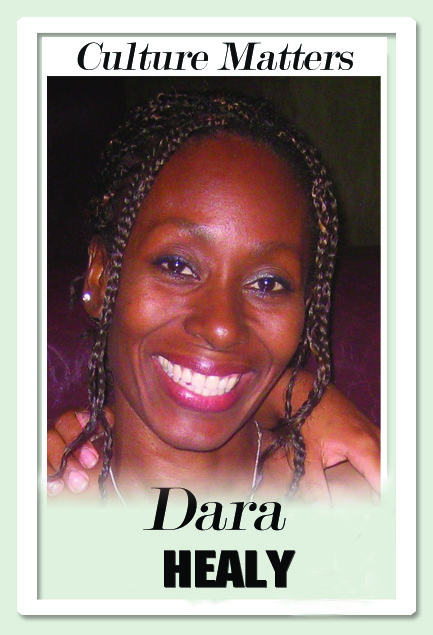Breathing life into statues of wax

Culture Matters
“This is how we had to exist as a calypsonian, there were restaurants where they had signs‘No dogs or calypsonians allowed’ and this is true, everybody knows it’s true.”
Black Sage, extempo artist and calypsonian
“Calypsonians really ketch hell for a long long time/To associate yuhself with them was a big big crime...”
Slinger Franciso, Mighty Sparrow
THERE WAS a time when calypsonians were scorned. Even though their music was being noticed internationally, from Harlem to London, there was something irksome about the ability of the calypsonian to analyse and shame authority. After the 1903 Water Riots, for instance, they were not afraid to sing “Jour nou cay rivay, jour nou cay rivay – Our day will come, our day come,” commenting on what they viewed as unjust treatment by colonial authorities.
This week, the Mighty Sparrow, the man who in many ways has been the global face of calypso, received another form of acknowledgement for his contribution to the art form. Barbadian sculptors Art Edwards and Frances Ross have created a wax likeness of the superstar calypsonian. The sculpture will be displayed in their Caribbean Wax Museum in Bridgetown, the only one in the English-speaking Caribbean.
When it comes to having a wax figure modelled after you, Sparrow is entering a space occupied by other prominent Caribbean personalities. From Bob Marley to Usain Bolt, Alison Hinds, Fidel Castro and calypsonian Gabby, the Barbados Wax Museum has been quietly building a body of work that celebrates our heroes, history and international contribution.
Outside of the Caribbean, we have become used to seeing people who have impacted our planet, such as Nelson Mandela or Stephen Hawking, immortalised in wax. What is it about this technique that is so captivating, especially in an era that is increasingly digital? How can this honour to Sparrow help address the shortcomings that still exist in the world of calypso?
We are now used to the dramatic clarity of the Madame Tussauds method of wax representation, a technique that has been used for about 200 years. The method is so intricate that each strand of hair is added individually. Before Tussauds, ancient Egyptians created miniature wax figurines to accompany deceased royalty and members of the community on their final journey.
Interestingly, this honour to Sparrow comes in a year when the theme chosen by the Trinbago Unified Calypsonians Organisation (TUCO) for Calypso History Month is "Calypso...Beyond Boundaries and Borders." Certainly, this theme acknowledges the fact that covid19 has forced the commemoration online, which creates opportunities for even greater worldwide reach.
But how do we create avenues for our industry to grow? It is widely accepted that this country has yet to tap into the potential of calypso. Perhaps it has to do with its often aggressive and anti-political stance? Or is it because “calypso arose in the midst of a combative ethos between African slaves and European slave masters, and developed as a struggle of the lower classes against more privileged strata of society...Techniques of mamaguy and picong were facilitated by the privacy of the French patois...”
The Mighty Sparrow is a fearless activist through calypso. As early as 1957, he was part of a boycott of the Savannah Calypso King Competition. “They want a new king/They will do anything...” His calypsoes have dealt with issues such as exile, colonialism and the need for Caribbean unity. As he told an interviewer in New York, “before the mass media took over, the calypsonian was the one who used to bring messages to the people...”
Today, news is not only accessed by audiences; audiences create news. This includes taking photos with lifelike figures of famous people. Many with little obvious creative ability succeed because they can tell a story in a way that appeals to their demographic.
As we come to the end of Calypso History Month it is a bitter-sweet moment. Even as we celebrate this latest honour for Sparrow, we remember that he would no doubt have been one of the calypsonians barred from entering certain establishments as he struggled in those early days.
Calypso is no longer openly scorned, but perhaps the eyes of calypso pioneers still stare at us through time, much like the glass eyes of a wax figure. Perhaps they are waiting for us to breathe life into this music. Perhaps they are waiting for us to move them from being stuck in time to living representations of the power of calypso.
Dara E Healy is a performance artist, communications specialist and founder of the NGO, the Indigenous Creative Arts Network – ICAN


Comments
"Breathing life into statues of wax"